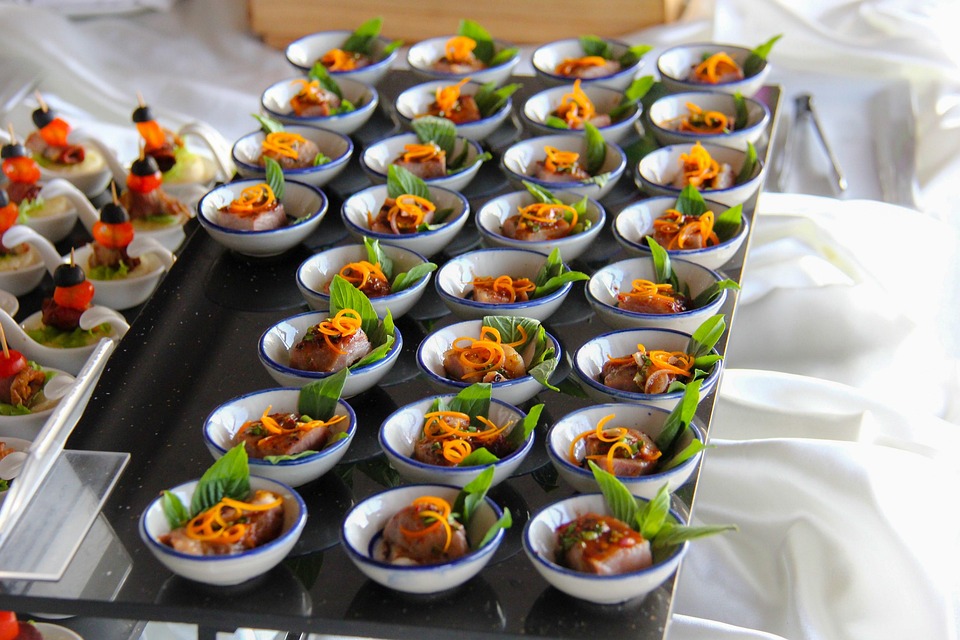In the realm of culinary arts, taste has long reigned supreme as the primary determinant of a dish’s success. However, recent trends in the gastronomy world are highlighting an equally important aspect: food aesthetics. The appearance of food has a profound impact on dining experiences, influencing everything from consumer choices to psychological satisfaction. This article explores how visual elements, presentation techniques, and plating styles can elevate the dining experience beyond mere taste.
The Psychology of Food Presentation
Human beings are inherently visual creatures. Research in psychology indicates that our perception of taste is significantly influenced by visual cues. The color, shape, and arrangement of food can trigger emotional responses and affect our anticipatory satisfaction. For instance, studies have shown that people often perceive food as tasting better when it is presented attractively. When a dish is colorful and neatly arranged, it creates a psychological expectation of enhanced flavor, even before the food is tasted.
The way food is presented can activate the brain’s reward centers, making the dining experience more enjoyable. This notion aligns with the concept of "sensory-specific satiety," where varied sensory experiences, including visual appeal, enhance overall satisfaction.
The Rise of Social Media and Food Aesthetics
The advent of social media, particularly platforms like Instagram and TikTok, has transformed the way we share and consume food. The phenomenon of "foodporn," characterized by visually appealing food images, has shifted focus towards aesthetics. Diners are now more inclined to choose restaurants and dishes that offer Instagram-worthy presentations. As a result, many establishments are investing in the artistry of plating, choosing to create dishes that capture attention long before they reach the palate.
This trend gives rise to certain culinary styles that prioritize aesthetics alongside flavor. From minimalist presentations that highlight the freshness of ingredients to extravagant arrangements that resemble works of art, chefs are becoming visual storytellers as they curate dining experiences that resonate beyond taste.
Cultural and Historical Influences
Food aesthetics are not a modern invention; they are deeply rooted in cultural and historical contexts. Many traditions around the world have long embraced the philosophy of beautiful presentation. For example, the Japanese tea ceremony emphasizes precision and beauty in every aspect of food serving, from the arrangement of snacks to the choice of crockery. In this context, aesthetics enhance the entire experience, making it both spiritual and sensory.
In Western cultures, fine dining establishments have long embraced elaborate plating techniques, using height, symmetry, and color contrast to create visually stunning dishes that are as much about experience as they are about flavor. This synergy of taste and presentation is a hallmark of Michelin-starred restaurants, where the visual aspect of dishes is often just as celebrated as the culinary skill behind them.
The Role of Ingredients and Color
The use of color in food is another critical aspect of aesthetics that can influence perceptions of freshness and flavor. Vibrant colors not only enhance visual appeal but also signal the nutritional value and quality of ingredients. Colorful plates of food can invoke feelings of happiness and excitement, making dining a delightful experience.
Incorporating a variety of herbs, sauces, and garnishes adds not only taste but also visual vibrancy. Chefs often employ contrasting colors and textures to capture attention and create visual harmony, turning a simple dish into a feast for the eyes.
Conclusion
As we navigate the evolving landscape of dining experiences, the significance of food aesthetics cannot be overstated. Beyond taste, the visual presentation of food plays a crucial role in shaping our perceptions, enhancing enjoyment, and fostering memorable experiences. Whether it’s the artful plating in a fine-dining establishment, the carefully styled brunch at a trendy café, or a homemade dish adorned with fresh herbs, aesthetics invite us to savor not only the flavors but also the artistry behind our meals. In a world where culinary experiences are increasingly shared and celebrated online, the importance of food aesthetics will undoubtedly continue to grow, challenging chefs and diners alike to look beyond taste and embrace the beauty of food.



